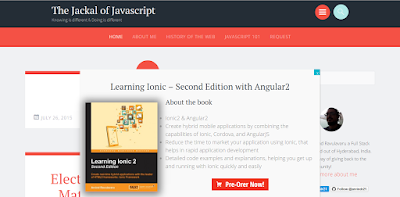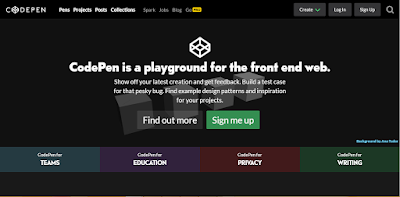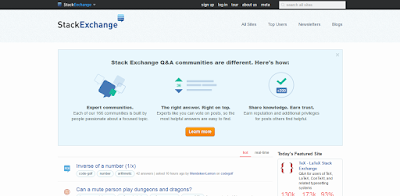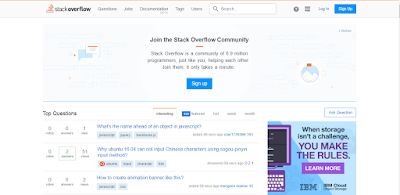Most of the developers prefer ASP.NET MVC5 or AngularJS tools which are not only latest but also quiet efficient when it comes to coding of customised systems. Off late most of the mobile applications are developed on cross platform tools to optimize time and resources.
Though there are various platforms and arena, Java Script and basic C programming are still considered as alphabet of developer language. Sometimes developers go crazy for finding snippets or cheat codes to achieve the requirement. Quite a lot of time is spent on understanding, developing and testing the customer requirement functionalities.
Being a custom software development company, We have discovered some simple tools which can help developers improve thier productivity.
There are lot of free resources available for prototyping, developing, debuging and testing codes in the internet. Selecting the right ones from those libraries, frameworks, tools and services can be a bit difficult. So, I have listed 21 resources here of which 3 links are for Ionic framework developers, 4 are for ASP.NET developers, 3 are for HTML5 developers, 4 are for designers and remaining 7 are common point which would be helpful to all developers.
1.Channel9: Is run by one of the oldest group of developers. The developers and technical enthusiasts within Microsoft who operate this site devoted to including programmers into the conversations.

2.DotnetTricks: A big shout out to all the ASP.NET developers out there, get the best trick for your coding right here. This web page is also a online teacher/instructor for freshers in development arena.

3.Code Call: Code call is a community where users can interact with their fellow developers in any developing aspect.

4.Code Guru: This website is a similar to Code call. Java Script, ASP.NET and android Developers can get solutions to whatever problems they are trying to solve.

5.Code Project: Code project is also a multi functioning developer support. This forum is best when utilized in hard situations.

6.Coding Horror: Not only for software developers, Coding Horror provides snippets and sparks for Gaming developers too.

7.Experts Exchange: Ask your queries, post your gigs and get answers from industry experts. This is a place where industry experts take active participation in getting the clear and simpler codes for complex requirements.

The next three links are for the code to success of Ionic Framework developers.
8.DevDactic: This blog is maintained by Simon, a passionate developer from Germany. In his blogs and videos, he provides snippets and solutions for Ionic Framework.

9.Gajotres: This blog helps Ionic framework developers to get a quick support from experts. Especially for the jQuery scripts, this is one of useful resource bank.

10.The Jackal of Java script: This blog post is written by Arvind, a freelance trainer and full stack consultant. This blog is a way of giving back to Java Script community, he says. And it is obvious that understanding Java script is made with much ease by the author.

The below links are for HTML 5 developers. The first one that comes to my mind for HTML/CSS development, is Boot Snipp.
11.Bootsnipp: When I started learning HTML , I felt much comfortable with this element gallery. For developers working on Bootstrap, this is essential in their craft.

12.GitHub: Be it an open source, a business or any other development code, every element of development is available in this directory.

13. HTML5 Rocks: The name says it all. This blog supports HTML developers to concentrate on designs with simple techniques and ample codes.

14.Codepen: This blog deserves to be named as a playground for the front end web. Whatever hurdle you have in UX designing, this page would act as a encylopedia for you.

15.W3Schools: In the development community, it is not an exaggeration to say that every developer starts his day with W3 Schools. It is optimized for learning, testing and training.

16.Stack Exchange: is a network of more than 150 communities who join the Q&A sessions for discussing development ideas or solving puzzles.

17. Stack over flow: Developers trust Stack Overflow to help solve coding problems and even use it to find job opportunities.

18.Code Drops: For all the latest trends in development and designing, check out this blog. One of the best recommended blog for tutorials.

Below three websites are solution for UI designers. Book mark them and dont to forget open these sites for apt icons and colour combinations.
19.Icon Finder:
20.Flat Icon:
21.COLORCOMBOS:

Although this is not a comphrehensive list of tools available out there, I am sure they provide a good starting point for budding and struggling developers. Read this if you would like to know about the tools for developing HTML5 code.
NagaTeja Rupavataram
Technical Writer
Technical Writer
Email
|
nagateja@psibertech.net
|
Telephone
|
+65 62689551
|












